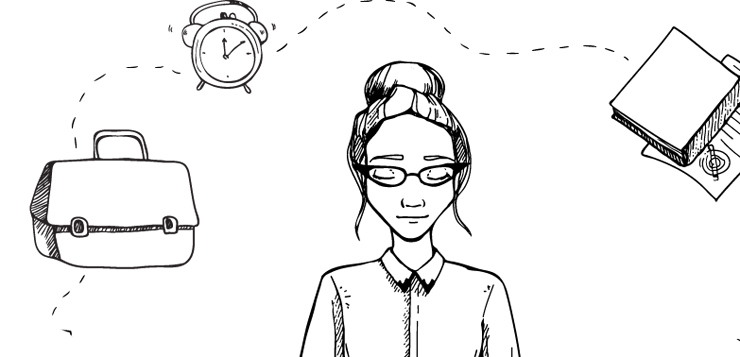Can sitting still really improve our social skills?
Some of the most sought after skills in our global workplace have to do with social intelligence—our ability to regulate our emotions, listen openly to others, inspire colleagues, express ourselves confidently, and much more. And one of the delightful ironies to practicing mindfulness meditation is how this simple act of sitting still cultivates these very talents.
But how does this work? How does simply sitting still boost our social intelligence?
Research into mindfulness, while limited, has offered some promising insights. For example, mindfulness has been shown to intensify our confidence, improve our sense of well-being and strengthen our attention—all vital to being socially intelligent. Even more surprising, mindfulness has been shown to actually grow the part of the brain that regulates emotion. Such research is inspiring, no doubt, but how does this unfold in real life?
One potent effect of mindfulness is its ability to help us dismantle bias. Typically, we engage our world through the bias of a “mindset.” If we are a CFO, we listen for financials; if we are “in love,” we look for rewarding connection; if we are a salesperson, we are on the hunt for a “deal.” Relying on such “biases” in order to discern and problem solve is by no means a shortcoming, but being unaware of doing so is. The “biases” we use to clarify our experience as a CFO, lover, or salesperson can blind us to a wider and richer range of social cues when we tune out the broader environment unfolding around our search for a dollar, lover, or deal. Mindfulness can help us notice the bigger picture.
In meditation we learn to be aware of our “biases” using a deceptively simple technique: recognizing and letting go of thoughts. For committed meditators, this basic technique is exquisitely challenging. At times boring and frustrating and at other times breezy and relaxed, recognizing and letting go of thoughts is fundamental to developing a mindfulness discipline. And, over time and with practice, the technique can expand powerfully into our everyday life, enhancing our ability to “de-bias”—to recognize our mindsets, agilely drop them when necessary, and, in turn, bring our unbiased attention to the immediate moment.
Such unbiased attention forms the very basis for being socially skillful with others. Rather than habitually defaulting to our opinion, our needs, and our priorities, we instead can choose to let go of our mindsets and open to others with fresh curiosity and skill.
Little wonder that such social agility is highly sought after in today’s innovative workplaces. In a 2008 study published in Harvard Business Review, “Finding and Grooming Breakthrough Innovators,” researchers found that successful innovators within organizations tend to focus less on “my great idea,” and are more concerned with resonating with others.
Next time your colleagues ask what you are doing sitting still for 15 minutes in the huddle room at work, just say, “I‘m learning to socialize. Wanna join me?”
Innovators, they say, “must be able to walk into a conference room full of diverse constituents, including colleagues, customers, subordinates, bosses, vendors, and partners, and quickly discern the underlying motivation of each one,” in order to bring everyone onto the same page. This skill, they explain, is “absolutely essential to transforming an interesting idea into a company-wide innovation.”
Talk about delightful irony: The next time your colleagues at work ask you what you are doing sitting still for 15 minutes in the huddle room, just say, “I‘m learning to socialize. Wanna join me?”






